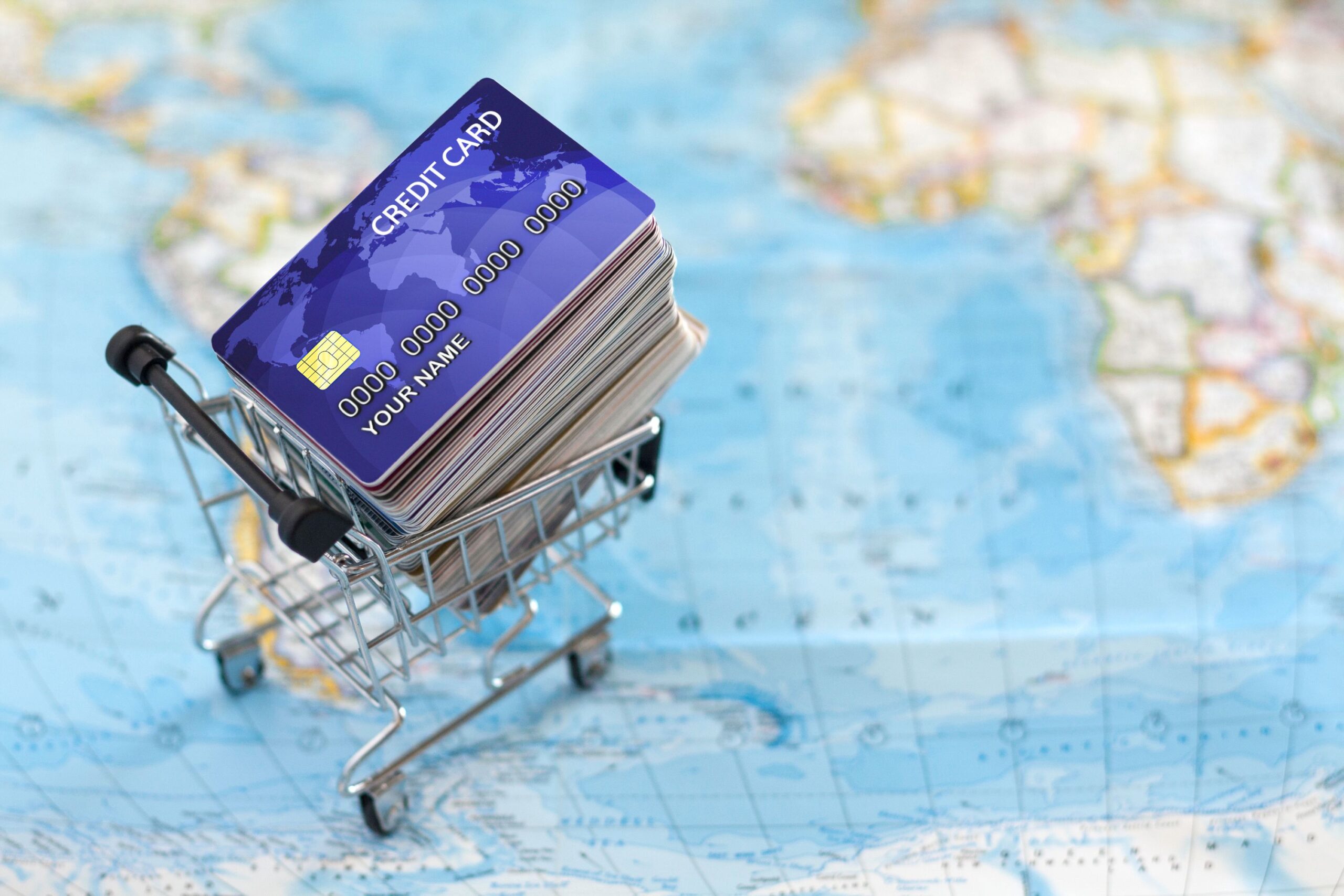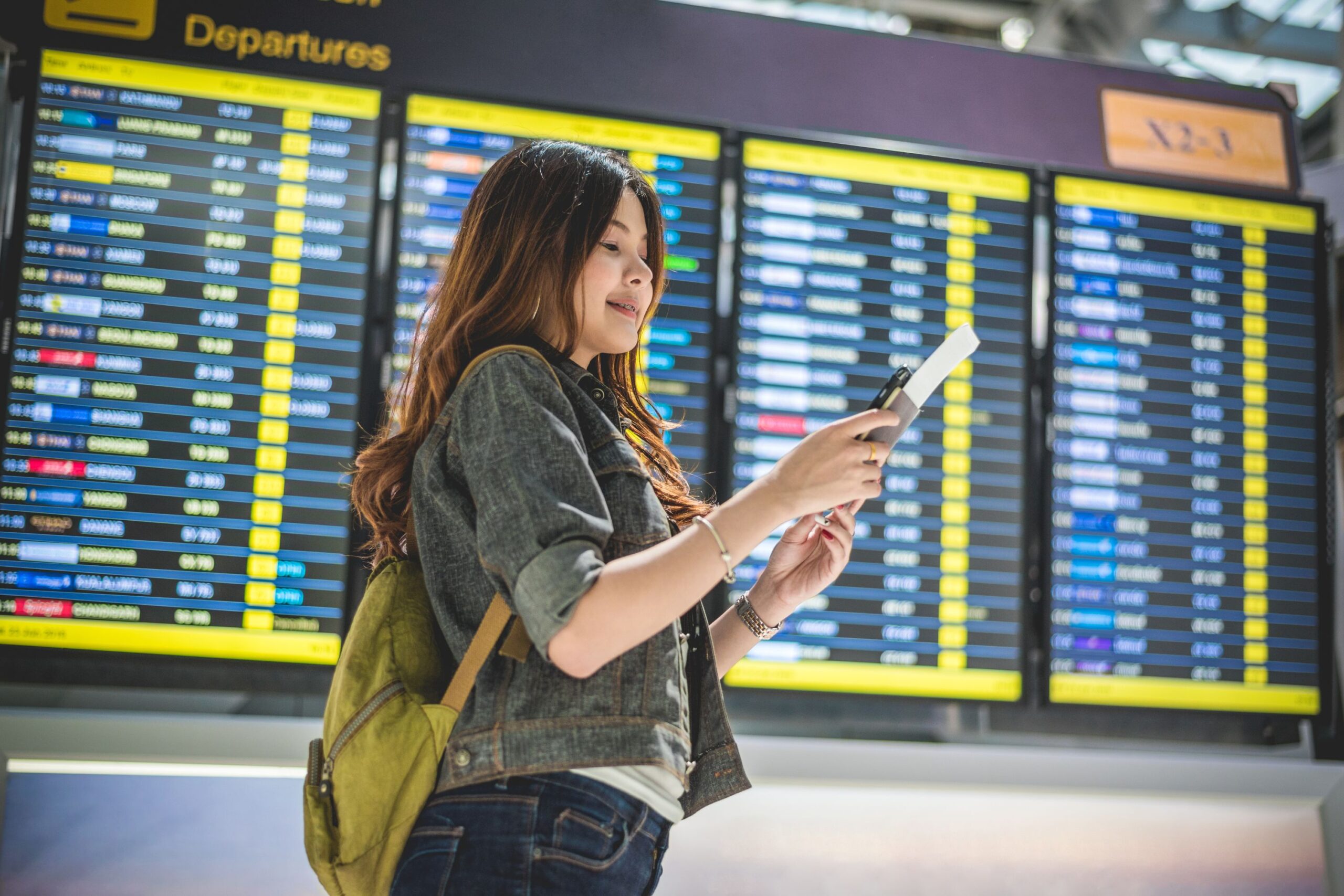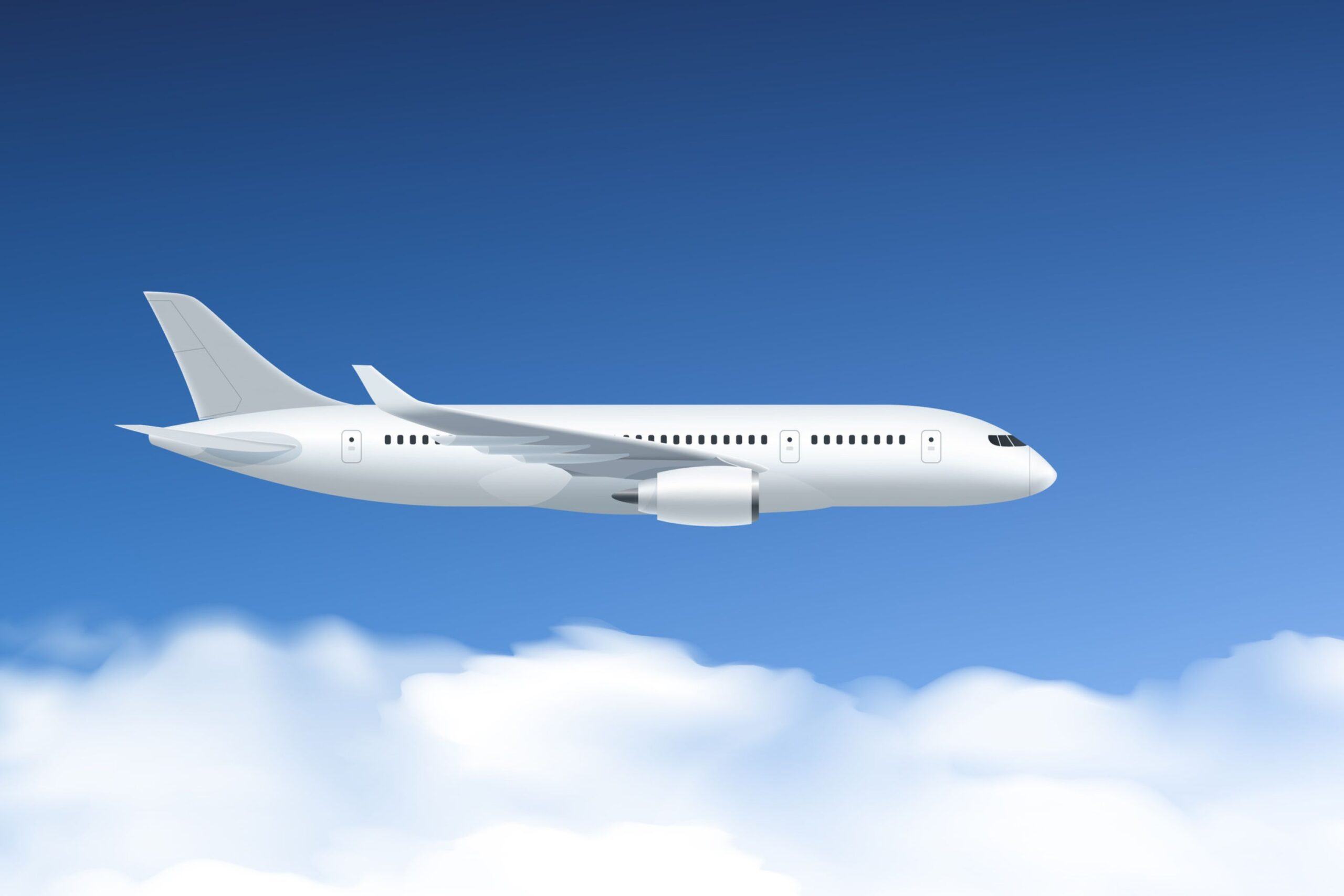If you’ve been collecting airline miles, you might be sitting on serious travel potential without realizing it. But knowing how to redeem frequent flyer miles is where the real value lies. Whether you fly often for business or rack up points through a travel credit card, those miles can do more than sit in your account—they can get you back in the air, without pulling out your wallet.
Redeeming miles isn’t always straightforward, though. There are blackout dates, limited award seats, fluctuating mile values, and various airline policies. So, how do you navigate all of that? Let’s break it down, from start to finish, in a way that helps you use your miles, not just collect them.
Start With Your Airline Account
First things first—log in to your frequent flyer account. You need to know how many miles you’ve earned and when they expire, if they do. Some airlines let your miles sit there forever, but others will wipe them out after a year or two of inactivity. If you haven’t signed in for a while, now’s the time.
You can check if your airline offers flexible ways to use your miles. For example, some major carriers let you combine miles with cash, making it easier to book a flight without needing a full award balance.
Once you’ve identified your mileage balance and expiration date, the next step is to determine what flight you want to book.
Finding Award Flights
When you’re ready to book, go directly to the airline’s website and select the “Book with miles” or “Use miles” option—whatever that airline calls it. This is where things get interesting. The miles needed vary drastically depending on the airline, route, season, and demand. So, a short-haul domestic ticket might cost 10,000 miles one day, but 20,000 the next.
You’ll have a better chance of finding a deal if you’re flexible with your travel dates. Most airlines now offer an award calendar where you can view a month’s worth of flights and compare the miles needed each day. This tool is a lifesaver if you’re trying to stretch your points.
A pro tip? Look for flights midweek. Tuesdays and Wednesdays usually have more award availability and lower redemption costs.
Domestic vs International Redemptions
Is using miles for domestic or international travel better? That depends on your goals. If you’re trying to save on a quick getaway, short-haul flights are a good use of your miles, especially if the cash fare is high.
But if you’re eyeing international flights, your frequent flyer miles can unlock incredible value. When paying cash, long-haul business or first-class tickets are usually expensive, but redeeming miles can make them attainable. In these cases, it often costs fewer miles per dollar, so you get more bang for your buck.
Still, remember that availability for international premium seats can be tight. Booking in advance, sometimes up to 11 months out, gives you the best chance.
Partner Airlines Can Be Goldmines
Most travelers overlook partner redemptions. If your airline belongs to an alliance like Star Alliance, SkyTeam, or Oneworld, your miles can often be used on any partner airline within that network.
Let’s say you’re collecting miles with United but want to fly on Lufthansa. You can usually redeem those United miles for a Lufthansa flight directly on United’s site, or by calling customer service if online booking isn’t available.
It can be a little trickier to find these flights sometimes, but they can open up way more options, especially for international travel. Search under the “Use miles” tab for partner availability filters.
How Much Are Miles Worth?
One of the biggest questions people have when learning to redeem frequent flyer miles is: What’s a mile worth? There’s no universal answer because it depends on how you use them.
Let’s say you’re looking at a flight that costs $400 in cash or 40,000 miles. In that case, each mile is worth about 1 cent. But if you find a $1,500 business class ticket that only requires 60,000 miles, you’re suddenly getting 2.5 cents per mile, which is fantastic.
You want to aim for a value of at least 1.3–1.5 cents per mile. Anything above that is a strong redemption. If you’re getting less than 1 cent per mile, you might want to reconsider using cash instead and saving your miles for a better deal.
Watch Out for Fees and Surcharges
This part surprises a lot of people. Just because you’re booking a flight with miles doesn’t mean the ticket is 100% free. Some airlines—especially international carriers—add fuel surcharges, booking fees, or airport taxes to award tickets.
Sometimes, these fees can add up to a few hundred dollars, particularly for international flights. If you’re trying to avoid surprises, pay attention to the total due before confirming the booking. Airlines are usually upfront about fees during the checkout process, but the number of miles might distract you from the fine print.
If you want to avoid high surcharges, look for flights with carriers that are known for low fees, like United, JetBlue, or American Airlines, when booked with their miles.
Redeeming Miles for Upgrades
You may have already bought your ticket and want to upgrade your seat. That’s another excellent use of frequent flyer miles. Depending on availability, many airlines let you use miles to upgrade from economy to business class—or even to first.
The catch? You’ll often need to book a higher fare class in economy to be eligible for an upgrade. The cheapest basic economy tickets usually aren’t upgradeable. So, check the fare conditions before you assume you can use your miles for that lie-flat seat.
Still, this is an excellent option for travelers who want more comfort but aren’t ready to spend full points on a business class award ticket.
Smart Strategies to Maximize Your Frequent Flyer Miles
You need to think strategically if you’re trying to figure out how to redeem frequent flyer miles without wasting them. The truth is, not all redemptions are created equal. Some flights offer incredible value, while others barely give you anything in return. Knowing what to look for—and what to avoid—will help you get the most from every mile.
When you’re redeeming miles, start by comparing the cash price of the flight with the number of miles required. A $100 ticket that costs 20,000 miles isn’t an innovative use. But a $900 ticket for 50,000 miles? That’s worth considering. Aim for a minimum value of 1.3 cents per mile. Anything lower, and it might be better to pay cash.
You can use a simple formula: divide the dollar price by the number of miles. That gives you the “cents per mile” value. The higher the number, the better the deal.
Flexible Dates Mean Bigger Rewards
Airlines reward flexibility. If you’re stuck on flying out Friday at 5 p.m. and back Sunday afternoon, you’ll probably pay more in miles or money. But if you have a little wiggle room, like leaving midweek or flying early in the morning, you’ll unlock more award space and better redemption rates.
Using the airline’s flexible calendar, it’s worth playing around with travel dates. Some airlines even highlight the lowest-mileage days with color coding. You might be surprised how much you can save by shifting your trip by one or two days.
Also, remember that flights during holidays, peak seasons, and school vacations will cost more in miles. When you can travel during shoulder seasons—think spring or fall—you’ll find better deals and less competition for seats.
Booking Early vs. Booking Last Minute
There’s a sweet spot for redeeming your frequent flyer miles. Book too early, and the airline may not have released award seats yet. Book too late, and you risk finding nothing or needing to double the miles.
The best time to use your miles is typically 5 to 8 months before your trip. That’s when most airlines release the most award space. If you’re planning international travel, booking early is even more critical.
Some airlines release extra award seats within a few days of departure. If you’re flexible and spontaneous, you might score a last-minute deal. But don’t count on this if you need to travel on specific dates or are trying to fly in business or first class.
Use Airline Credit Card Portals for Exclusive Access
If you’ve got a travel credit card, like one that earns miles directly with an airline, you might have access to special award space not available to the public. Some cards prioritize booking or reduced mileage redemption rates on specific routes.
For example, American Airlines’ AAdvantage cardholders can book MileSAAver awards that regular members might not see. These hidden perks are part of why using a co-branded airline card can help you redeem your frequent flyer miles more efficiently.
Ensure your credit card is linked when logged into your account and ready to book. Before checkout, you’ll see if exclusive rates are available.
Don’t Forget About Stopovers and Open Jaws
If you want to stretch your miles further, take advantage of stopovers and open-jaw tickets. Not every airline allows this, but many international carriers do.
A stopover means staying in a connecting city for more than 24 hours, sometimes for no additional miles. Instead of flying from New York to Tokyo with a short layover in Vancouver, you could spend a few days in Canada first, then continue your trip.
An open jaw ticket means you fly into one city and out of another. For instance, you could fly from Boston to Rome, travel overland to Paris, and then fly home from Paris using one round-trip award ticket.
These booking tricks won’t work for every airline, but if your program supports them, you’ll see more places for the exact miles.
Should You Redeem Miles for Hotel Stays or Car Rentals?
This is a common question. Most airline reward programs allow you to redeem miles for more than flights—hotels, rental cars, even gift cards. But here’s the catch: you almost always get a much lower value.
When redeeming frequent flyer miles, using them for anything other than flights is usually a bad deal. Hotel and car redemptions often return less than 0.8 cents per mile—far below the 1.3 to 2.5 cents you can get when booking airfare.
So, unless your miles are about to expire or you have a minimal balance you can’t use for a flight, it’s better to avoid these redemptions. Your best value will almost always come from booking flights.
Booking Flights for Others Using Your Miles
You can use your frequent flyer miles to book flights for someone else. This is one of the best parts of many loyalty programs—you’re not limited to redeeming miles just for yourself.
All you need is the other person’s name and travel details. When you book the ticket online, simply enter their information instead of yours.
Some programs do have rules around this, especially in Asia. A few airlines require you to pre-register the names of family members you plan to book for. Others may flag your account if you regularly book for non-family members. Always check the rules before you redeem.
Still, treating your friends or family to a flight using your miles is perfectly acceptable for most major U.S. and European carriers. It’s a great way to share your rewards, especially when you’re not planning to travel soon.
Save on Baggage Fees and Extras
Redeeming miles can do more than get you a free seat. Some programs let you use miles to pay for baggage fees, seat upgrades, or even priority boarding.
If you’re flying on a basic economy ticket and want to bring a carry-on or pick your seat, a few thousand miles could cover that, depending on the airline. Again, the value isn’t always great, but it might be worth it if it saves you cash and you’re sitting on many miles.
Don’t use a big chunk of your miles for a $25 seat assignment. Save them for redemptions that offer greater value unless you’re in a situation where that’s your best option.
Common Mistakes When Redeeming Miles—and How to Avoid Them
Now that you’ve seen how to redeem frequent flyer miles for flights, upgrades, and more, it’s time to talk about what not to do. Plenty of travelers lose value, sometimes thousands of miles, just by missing key details. If you’re going to spend time collecting miles, make sure you’re redeeming them wisely.
Let’s go through some of the people’s most common mistakes—and how to avoid them.
Waiting Until the Last Minute
One of the biggest mistakes is canceling your booking until it’s too late. If you try to redeem miles just a few days before your trip, chances are the best award seats are already gone. And if there’s anything left, it’s probably in an odd time slot or costs double the miles.
The earlier you start searching, the more options you’ll have. Booking 5 to 11 months ahead is often your best chance to grab award seats at the lowest redemption rates. If your travel dates are set, don’t wait—redeem as soon as possible.
If you’re unsure about your plans, check if the airline allows free changes or cancellations on award tickets. Many programs now offer more flexibility, so you won’t necessarily be locked in.
Ignoring Partner Airlines
If you’re loyal to one airline, that’s great—but don’t forget about their partners. Every major airline is part of an alliance or has individual partnerships that give you access to a much larger network. And here’s the best part: redemptions on partner airlines sometimes cost fewer miles than booking on your primary carrier.
Let’s say you have miles with Delta. Instead of booking directly with Delta for a flight to Europe, you might find a better deal using your miles to book on Air France or KLM—two of Delta’s partners. The same applies to American Airlines, British Airways, United, and Turkish Airlines.
You don’t need a separate account or membership to book partner flights. You can do it directly through your airline’s website or customer service.
Overlooking Taxes and Surcharges
It’s easy to focus on the miles and forget the cash part of the equation. But most award bookings come with some out-of-pocket costs. Airport taxes, fuel surcharges, and booking fees can sneak up on you, especially with international flights.
Some airlines are worse than others. British Airways, for example, is known for high fuel surcharges on award tickets. You might pay hundreds of dollars in fees even after redeeming miles.
Before booking, you can compare the total cost, not just the miles. If you’re facing a high surcharge, consider a different route, airline, or partner that offers the same flight with lower fees.
Using Miles for Low-Value Redemptions
Just because you can use your miles on hotels, gift cards, or merchandise doesn’t mean you should. These options often sound tempting, especially when flights are expensive or award availability is limited. But the value per mile is almost always lower, sometimes below 0.7 cents per mile.
Think of it this way: if you’re spending 25,000 miles for a $150 hotel room, you’re giving up the chance to use those exact miles on a $400 flight. That’s a big difference.
Flights are where your miles shine if your goal is to maximize value. Unless you’re clearing out a small balance or facing expiration, steer clear of non-flight redemptions.
Booking Without Comparing Cash Prices
Another mistake is redeeming miles without checking the ticket’s actual cost. Sometimes, airfare is so cheap that it’s not worth spending miles.
For example, if a domestic flight costs $79 and the airline wants 12,500 miles to book it, you’d get less than 0.7 cents per mile in value. That’s below average.
You can save your miles and pay in cash instead, or use your travel credit card and earn more points on the purchase. Save your miles for trips where prices are high but award space is still decent.
Forgetting to Keep Your Miles Active
Frequent-flyer miles don’t always last forever. Depending on the airline, they might expire after 12 to 36 months of inactivity. You don’t have to fly to keep your account active—a simple activity like shopping through the airline’s portal, dining at a partner restaurant, or using a co-branded credit card can reset the clock.
Set a calendar reminder a few months before your expiration date. That way, you won’t lose miles you worked hard to earn. And if your miles are close to expiring, consider booking a short-haul trip or donating a few miles to a partner charity to extend their life.
Not Considering Miles + Cash Options
Most airlines now offer a hybrid booking model, where you can pay for your flight using a combination of miles and cash. This can be helpful when you don’t have enough miles for a full award ticket but still want to save money.
The key is to compare the value of these redemptions. Some miles + cash offers are fair, giving you decent value per point. Others are inflated, making it smarter to wait until you have enough miles for a better redemption.
Still, these options offer flexibility and can help you use miles that would otherwise sit unused.
Not Logging Into Your Account Before Searching
This may sound simple, but always log into your frequent flyer account before you start searching for award flights. Airlines sometimes show different availability, prices, and bonus redemption options to logged-in members, especially if you have elite status or hold a co-branded credit card.
You may also unlock discounted award flights or see more partner availability once the system knows who you are.
Using Miles Efficiently
By now, you’ve probably noticed that learning to redeem frequent flyer miles isn’t just about logging into your account and clicking “book.” There’s a strategy to it—a way to make those points go farther, stretch your travel budget, and maybe even fly in comfort when you least expect it.
But let’s take a moment to cover a few final expert tips that could help you get even more value from your miles.
If planning a big trip, consider combining your frequent flyer miles with someone else’s in your household. Some airlines allow pooling, letting families or couples combine balances for a single booking. That could mean the difference between two cramped economy seats or two upgrades to premium economy.
Another thing that helps? Stay subscribed to your airline’s email list. Promotions, discounted mileage rates, or last-minute deals often arrive without warning. If you act fast, these alerts can help you book flights at a fraction of the usual cost.
Lastly, remember that flight redemptions aren’t always about distance—they’re about opportunity. That means watching for sales, being flexible, and checking less popular routes. You might not have considered a layover in Iceland or an overnight in Lisbon—but if it lets you redeem your miles for a dream trip, it’s worth it.
FAQs
How do I know if a flight is a good value for redeeming miles?
Start by comparing the flight’s cash price to the miles required. If you’re getting at least 1.3 cents per mile in value, it’s usually a good deal.
Can I use my frequent flyer miles to book for someone else?
Yes, in most programs, you can use your miles to book a ticket for a friend or family member. When you check out, you just need their travel details.
Do miles expire?
It depends on the airline. Some miles never expire, while others do after a set period of inactivity—often 12 to 36 months. You can keep them active with small transactions or by earning more miles.
Is it better to use miles for domestic or international flights?
Both can offer value, but international redemptions—especially in business or first class—often give a better return per mile.
Why do I still have to pay cash when I use miles?
Your miles don’t always cover taxes, fees, and surcharges. These additional costs vary by airline, route, and fare class.
What’s a good time to book award flights?
For the best availability, try booking 5 to 8 months in advance. For popular international routes, 9 to 11 months ahead is ideal.
Can I combine miles and money to book a flight?
Yes. Many airlines now let you use a mix of miles and cash, which can be helpful when you don’t have enough miles for a complete redemption.
Are partner airline bookings worth it?
Absolutely. Partner flights can expand your options and sometimes cost fewer miles than flying with your primary airline.
Can I upgrade my flight with miles?
Yes, but only on specific fare classes. You’ll need to check the airline’s upgrade rules—some tickets aren’t eligible for mileage upgrades.
Should I use my miles for hotels or rental cars?
Flights almost always give you better redemption rates if your goal is value. Save your miles for airfare when possible.




